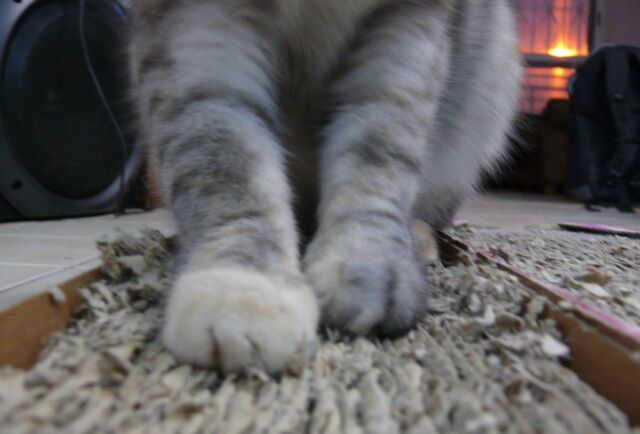Can’t stop your cat from scratching the furniture? Science has some tips
Sean Carroll
Ah, cats. We love our furry feline overlords despite the occasional hairball and their propensity to scratch the furniture to sharpen their claws. The latter is perfectly natural kitty behavior, but overly aggressive scratching is usually perceived as a behavioral problem. Veterinarians frown on taking extreme measures like declawing or even euthanizing such “problematic” cats. But there are alternative science-backed strategies for reducing or redirecting the scratching the behavior, according to the authors of a new paper published in the journal Frontiers in Veterinary Science.
This latest study builds on the group’s prior research investigating the effects of synthetic feline facial pheromones on undesirable scratching in cats, according to co-author Yasemin Salgirli Demirbas, a veterinary researcher at Ankara University in Turkey. “From the beginning, our research team agreed that it was essential to explore broader factors that might exacerbate this issue, such as those influencing stress and, consequently, scratching behavior in cats,” she told Ars. “What’s new in this study is our focus on the individual, environmental and social dynamics affecting the level of scratching behavior. This perspective aims to enhance our understanding of how human and animal welfare are interconnected in different scenarios.”
The study investigated the behavior of 1,211 cats, with data collected via an online questionnaire completed by the cats’ caregivers. The first section collected information about the caregivers, while the second asked about the cats’ daily routines, social interactions, environments, behaviors, and temperaments. The third and final section gathered information about the frequency and intensity of undesirable scratching behavior in the cats based on a helpful “scratching index.”
The team concluded that there are several factors that influence the scratching behavior of cats, including environmental factors, high levels of certain kinds of play, and increased nocturnal activity. But stress seems to be the leading driver. “Cats might scratch more as a way to relieve stress or mark their territory, especially if they feel threatened or insecure,” said Demribas. And the top source of such stress, the study found, is the presence of small children in the home.

Source link
